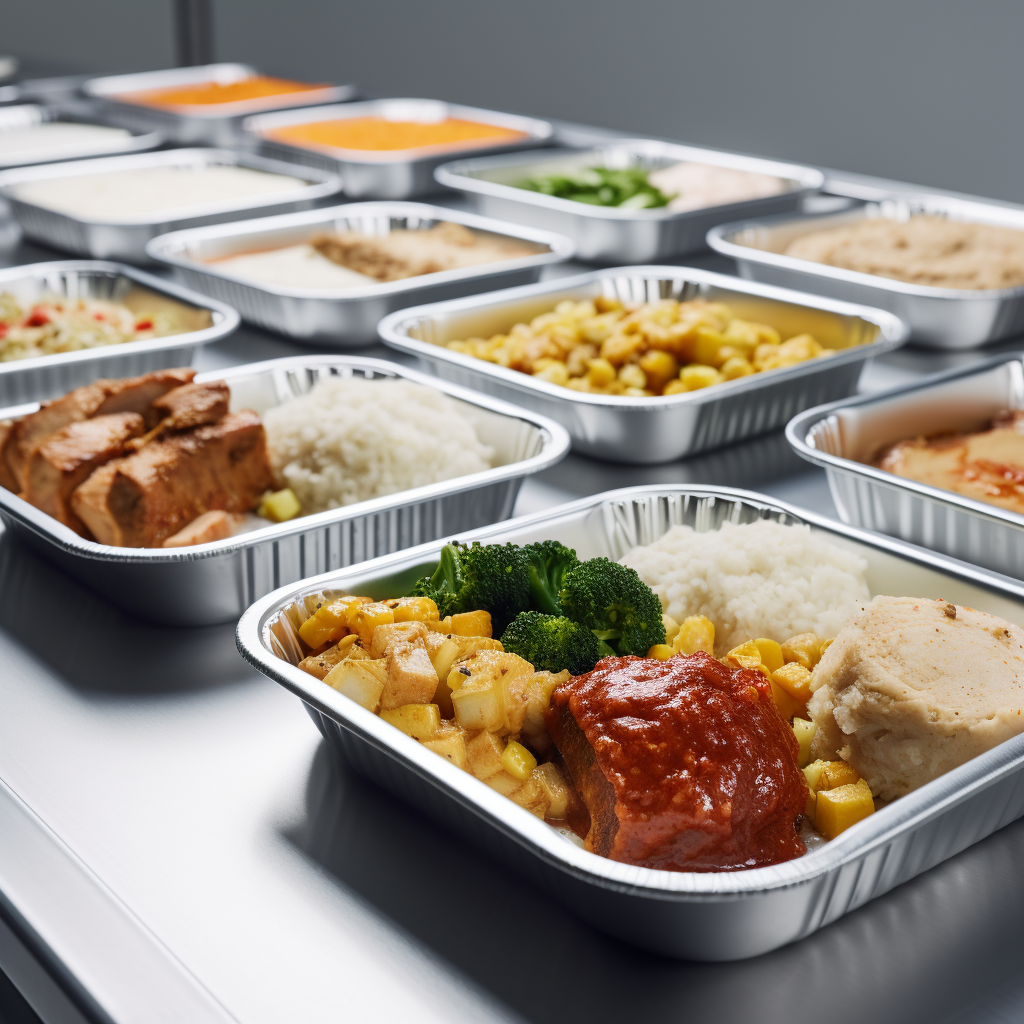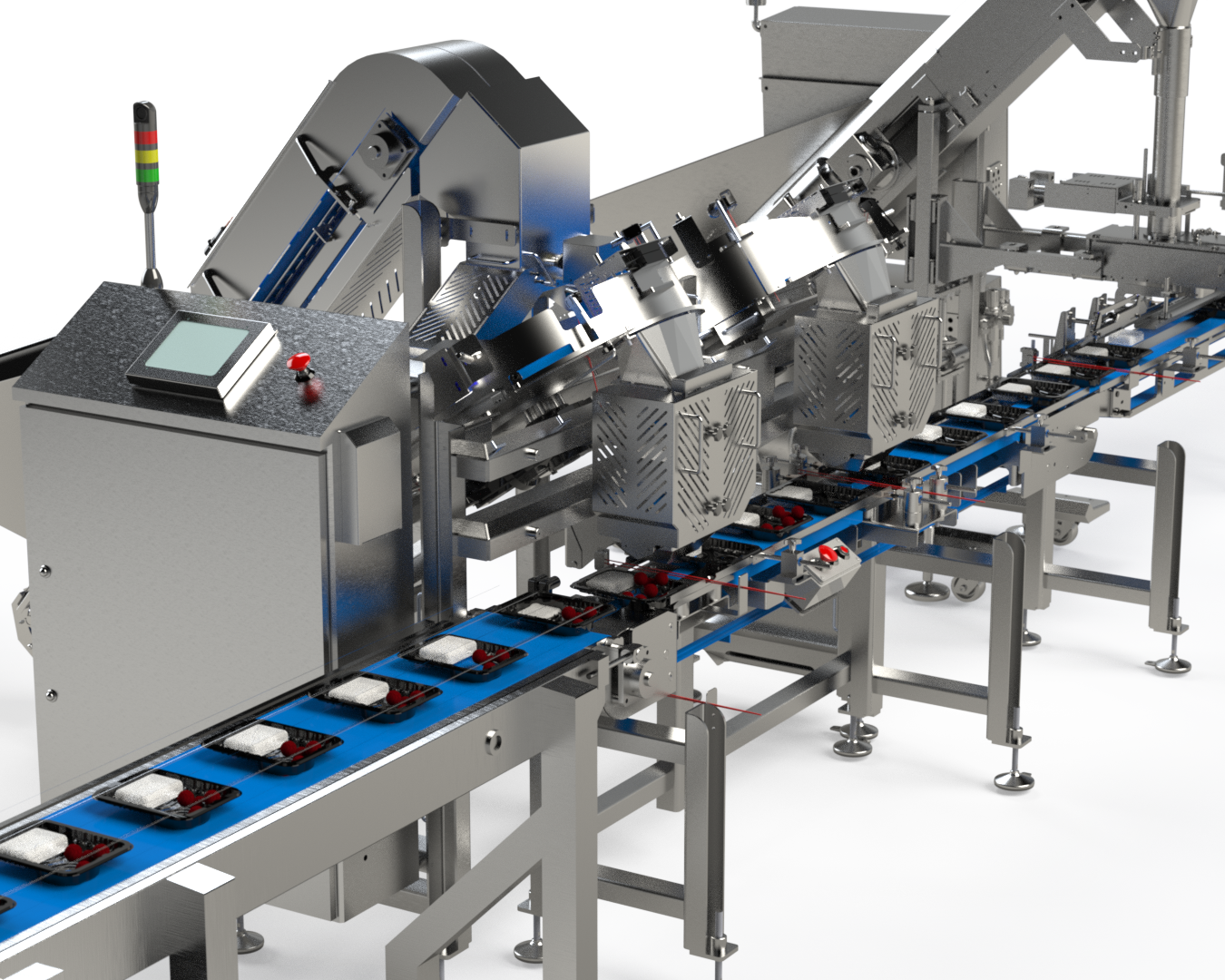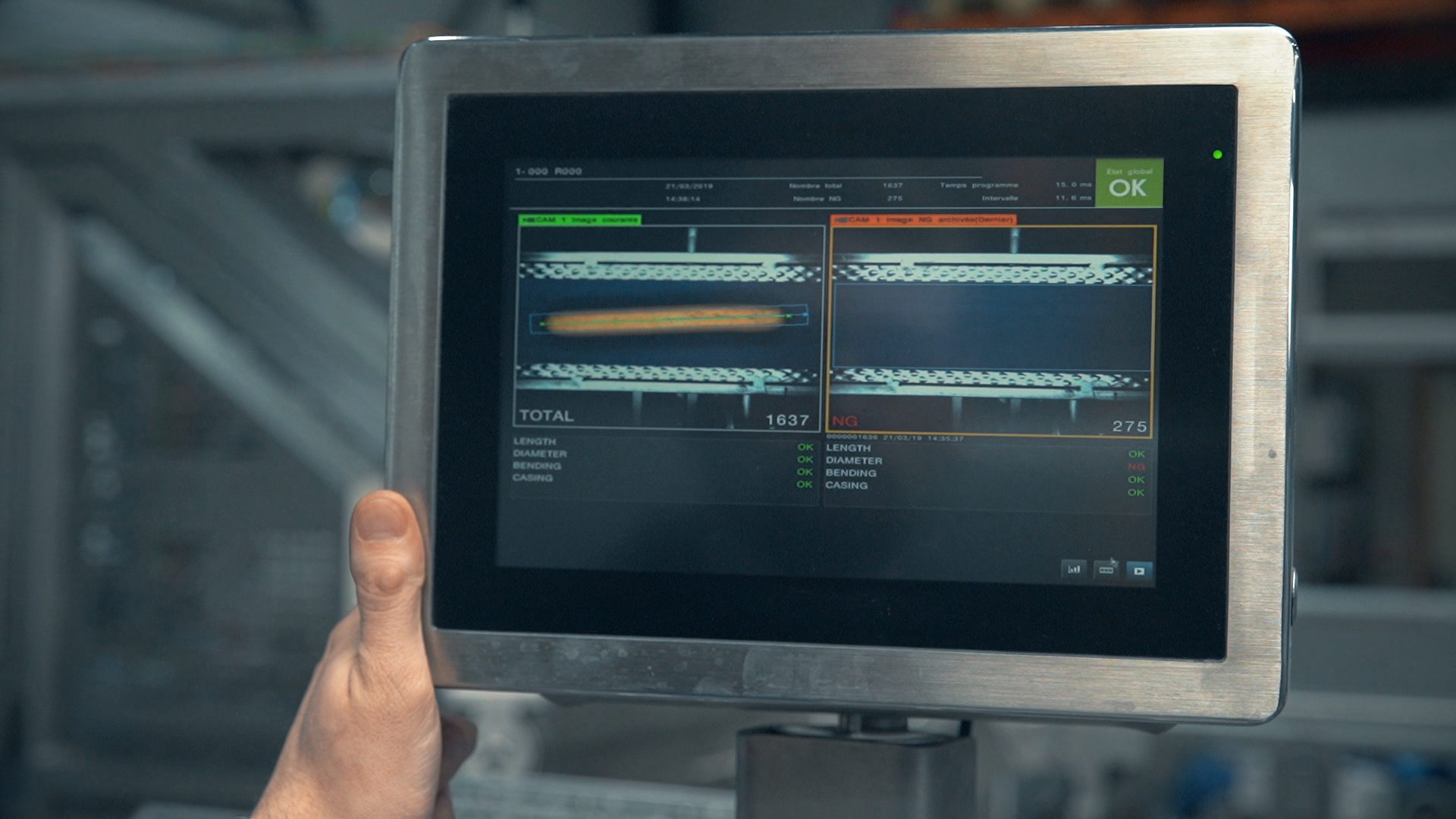How a Filling Machine Makes Work Easier for Your Staff
Time-saving strategies that boost production and efficiency are vital in today's fast-paced businesses. A filling machine can be a game-changer for companies that fill and pack products, making work for your team simpler and more efficient. In this blog, we'll examine the many features of filling machines, their advantages, and how Multi-Fill can offer solutions to streamline your business processes and reduce employee workload.
How do Filling Machines Work?
Filling machines are fundamentally made to automate the packing of various products into containers. Our filling machines are designed to handle a variety of products with accuracy and efficiency, whether they are liquids, creams, granules, powders, or even solid materials.
The first step in the procedure is to set the filling machine up with the proper parameters for the particular product being filled. This involves establishing the desired fill volume, modifying the filling speed, and setting up any controls required for precision.
Once the machine is set up, containers are put in the designated filling area. Depending on the machine's capabilities and the production's needs, the filling process may be initiated manually or automatically.
The product is distributed into the containers during the filling process using nozzles or spouts. Our filling devices feature cutting-edge technology to guarantee accurate and reliable filling, lowering the need for manual labor and increasing accuracy. This reduces product waste and spillage while also improving production efficiency.
We provide a variety of filling machines, each designed to service a particular market and product. Our selection of machines meets the varied needs of our clients, ranging from piston fillers for liquids to auger fillers for powders and grains.
We also offer customization options to ensure the filling machine you select is well-suited to your business needs. Whether you manage a significant manufacturing facility, a small restaurant, or a retail store, our filling machines may be configured to optimize your packing procedures and boost overall efficiency.
Different Filling Machine Types
Numerous types of filling devices include volumetric fillers, piston fillers, auger fillers, and liquid fillers. Each variety can manage various product viscosities and packaging specifications. You can choose the ideal filling machine from Multi-Fill's extensive selection to meet your unique requirements.
Filling Machine Advantages
Filling machines have a variety of advantages for your business, increasing productivity and lessening worker workload. These devices improve accuracy, reduce spillage, and generate the least waste because of their accurate and reliable filling capabilities. They also decrease labor expenses and increase production, freeing your personnel to concentrate on other crucial responsibilities.
How We Can Make Your Staff's Job Easier
At Multi-Fill, we recognize the value of streamlining operations and facilitating employee productivity. Because of their simple design and user-friendly interface, our filling machines are simple for your staff to operate. You can customize the machines to your unique needs with configurable filling options, increasing productivity and bettering the client experience.
Our filling equipment also helps create a safer workplace by lowering the possibility of repetitive strain injuries linked to manual filling procedures. By offering precise and up-to-date information on product levels, they also help with inventory management by ensuring you always have the appropriate stock.
Our filling machines also make cleaning and maintenance easier to manage, reducing cleaning time and increasing uptime. By purchasing filling equipment from Multi-Fill, you can empower your employees, improve their working conditions, and increase your company's productivity as a whole.
Ready to provide your workers with our state-of-the-art filling machines to make their jobs easier?
Get in touch with Multi-Fill right now to learn more about our solutions and how our filling machines can streamline your workflow, boost productivity, and give your personnel more freedom.
Designing a food filling line: Product is king



Stay in Touch
Product news, tips, subscribe to our newsletter:
Contact Us
We will get back to you as soon as possible.
Please try again later.














